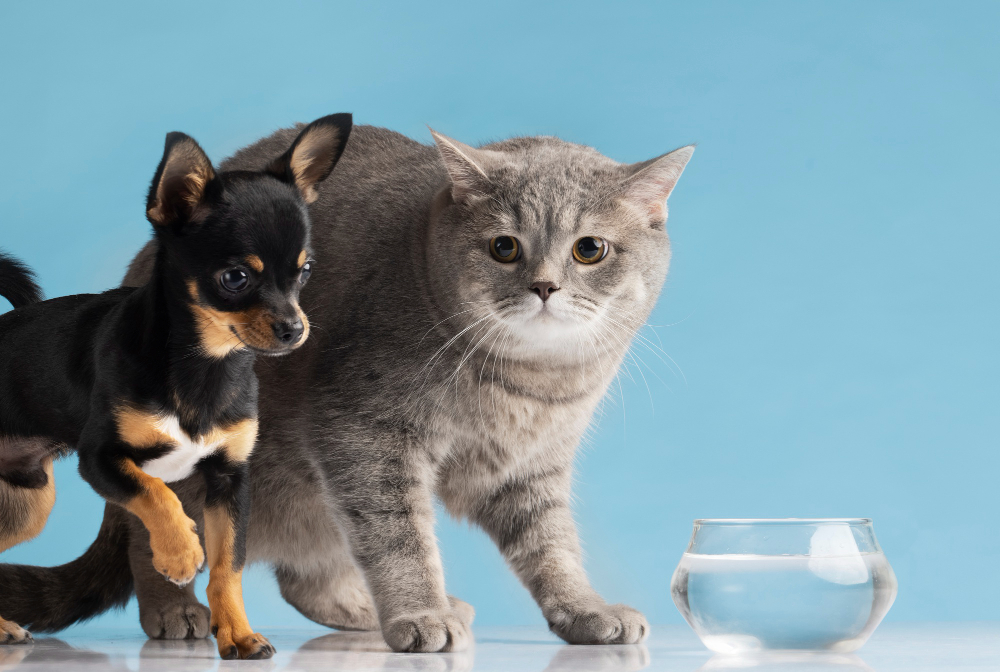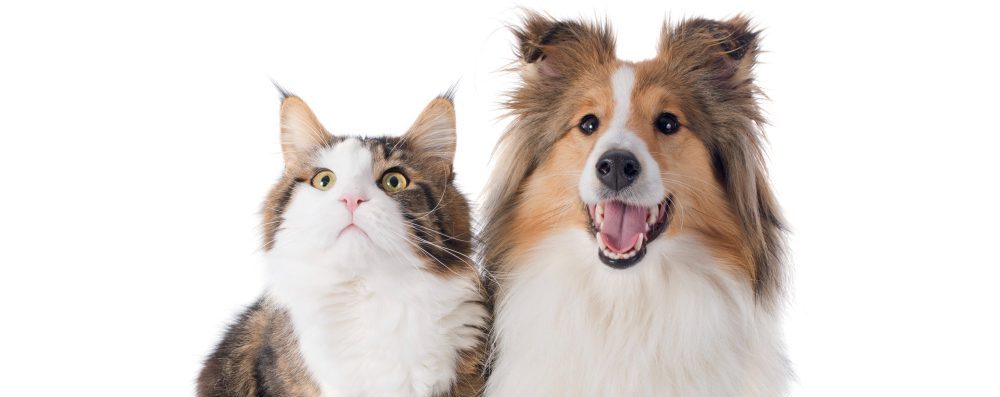Water is a non-negotiable necessity for all living organisms, and your pets—dogs and cats—are no exception. Despite its critical importance, pet owners often overlook the need for adequate hydration, leading to a range of health issues. This article delves into the multifaceted functions of water, the recommended daily intake for dogs and cats, signs of dehydration, and actionable tips to ensure your pets remain well-hydrated.
The Multifaceted Functions of Water
Before diving into the specifics, it’s essential to understand that water serves multiple roles in your pet’s body. From aiding digestion to ensuring proper kidney function, water is indeed the lifeblood of your pet’s health.
- Nutrient Transportation: Water acts as a vital conduit, ferrying essential nutrients to various organs and tissues. This ensures optimal functioning across your pet’s body systems.
- Thermoregulation: By dissipating excess heat generated through metabolism, water plays a crucial role in regulating your pet’s body temperature, particularly important in warmer climates.
- Detoxification: Water aids in the formation of urine and sweat, serving as a natural detoxifier that helps expel waste products and toxins from the body.
- Joint Lubrication: Acting as a natural lubricant, water minimizes friction between bones, thereby reducing the risk of joint damage and arthritis.
- Digestive Aid: Water is instrumental in the digestion and absorption of nutrients. It helps in forming the food bolus and lubricates the digestive tract for smooth passage of food.
- Skin and Coat Health: Water contributes to skin hydration and the synthesis of natural oils, which protect the skin and coat while promoting hair growth through nourishment of hair follicles.
- Kidney Function: Water is indispensable for the health of vital organs like the kidneys. It assists in filtering waste and toxins from the blood, promotes waste dilution, increases diuresis, and helps regulate blood pressure. For a deeper understanding of kidney health, refer to this comprehensive kidney guide.
By understanding these multifaceted functions, you’ll appreciate why water is more than just a basic need—it’s a cornerstone for the health and well-being of your pets.
Recommended Water Intake: A Tailored Approach
Determining the right amount of water for your pet is not a one-size-fits-all scenario. Various factors such as size, age, activity level, and even climate can influence your pet’s hydration needs. For dogs, a general guideline suggests about 50ml of water per 1kg of body weight. To put it in perspective, an 8kg dog would require approximately 400ml of water daily, while a 16kg dog would need around 800ml.
For cats, the recommendation is slightly lower, at 30ml per 1kg of body weight. It’s crucial to note that these are baseline figures. Weather conditions, lifestyle, and diet can all cause variations in water needs. Always keep an eye on your pet’s water consumption and consult your veterinarian for personalized advice tailored to your pet’s specific needs.
Diet and Hydration: A Symbiotic Relationship
The type of diet you provide has a direct impact on your pet’s hydration levels. Dry kibble, which typically contains about 12% moisture, will require your pet to drink more water to stay adequately hydrated. On the other hand, wet or homemade diets can contain up to 70-80% moisture, naturally reducing your pet’s need for additional water intake.
It’s essential to understand this relationship when making dietary changes. For instance, if you switch from a dry to a wet diet, you may notice a decrease in your pet’s water consumption. This is usually not a cause for concern, as the pet is likely obtaining additional hydration from the food itself. Regardless of the diet type, always ensure a constant supply of fresh, clean water. For more insights into nutritious snacks that can also hydrate your pets, explore this fruit guide.
Recognizing Dehydration: The Red Flags
Dehydration is a serious condition that can lead to severe complications if not promptly addressed. Being aware of the signs can be a lifesaver. Here are some red flags to watch for:
- Dry, Flaky Skin: A lack of hydration can make your pet’s skin lose its elasticity and become dry and flaky.
- Sunken Eyes: Dehydration can cause the eyes to appear sunken, indicating a lack of essential fluids.
- Sticky Tongue and Dry Mouth: A dry mouth and sticky tongue are often early signs that your pet needs more water.
- Lack of Energy: Dehydration can lead to lethargy and a noticeable decrease in energy levels.
- Rapid Breathing or Panting: Excessive panting or rapid breathing can be a sign that your pet’s body is struggling to cool down due to lack of water.
- Dark, Strong-Smelling Urine: Darker and more potent urine can indicate that the kidneys are not diluting waste as effectively, signaling dehydration.
- Vomiting or Diarrhea: These symptoms can both cause and be a result of dehydration, requiring immediate attention.
By recognizing these signs early, you can take prompt action, potentially averting serious health issues for your pet.
Encouraging Hydration: Practical Tips
Hydration is a cornerstone of pet health, and encouraging your pets to drink enough water can be a challenge. Here are some practical tips to make sure your furry friends stay well-hydrated:
- Fresh Water Supply: Always offer fresh, clean water. Stale or dirty water can deter pets from drinking.
- Fountain Drinkers: Consider using fountain drinkers that circulate water. Many pets, especially cats, are attracted to running water, which can increase their water intake.
- Automatic Drinkers: These devices keep water fresh and clean, making it more appealing for pets to drink regularly.
- Ice Cubes and Flavored Water: On hot days, add ice cubes to water bowls or offer flavored water cubes made from meat broth as a refreshing treat.
- Safe Fruits as Snacks: Offer fruits that are safe for pet consumption. Not only do they serve as snacks, but they also provide additional hydration.
By implementing these tips, you can ensure that your pets are adequately hydrated, contributing to their overall health and well-being.
Conclusion: The Lifeline for Your Pets
Understanding the multifaceted roles of water in your pet’s body is crucial for their overall well-being. From nutrient transportation to kidney function, water is indeed the lifeblood of your pet’s health. Being aware of the recommended water intake based on various factors like diet, size, and activity level can help you tailor hydration strategies effectively. Recognizing the early signs of dehydration allows for timely intervention, potentially averting severe health complications. Practical tips, such as offering fresh water and using fountain drinkers, can make a significant difference in keeping your pets well-hydrated. By taking these aspects into account, you’re not just quenching your pet’s thirst—you’re safeguarding their health and quality of life.

